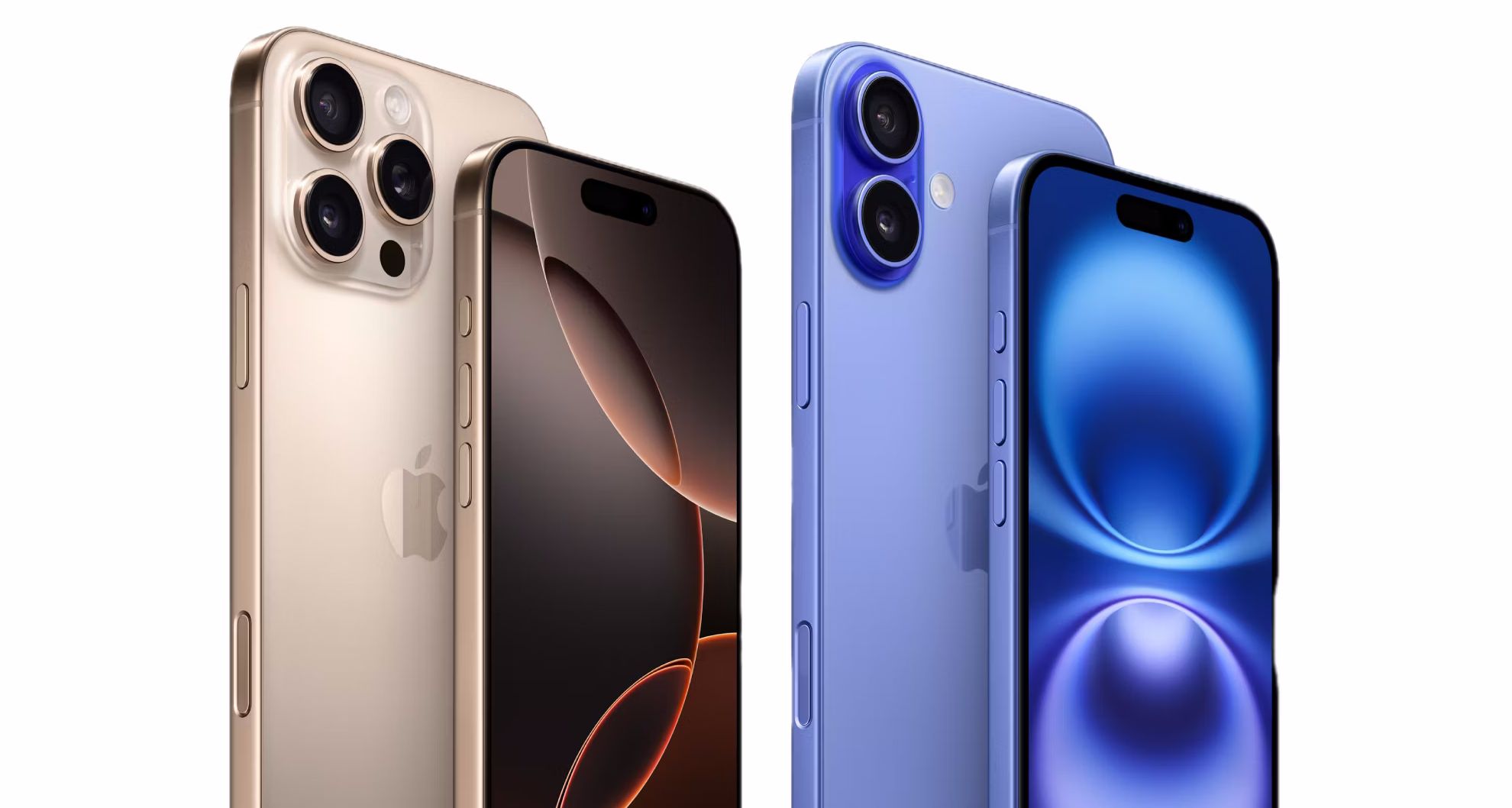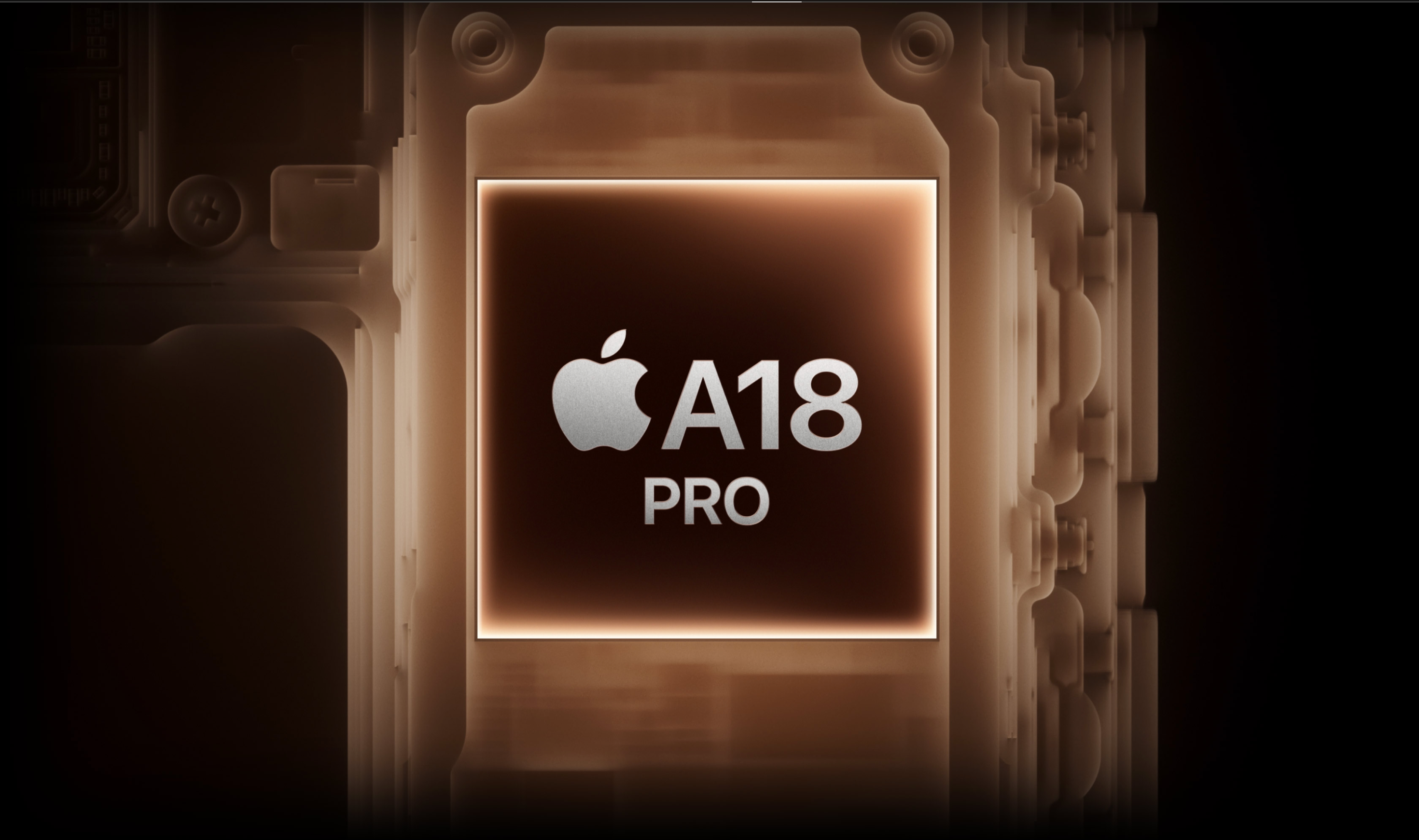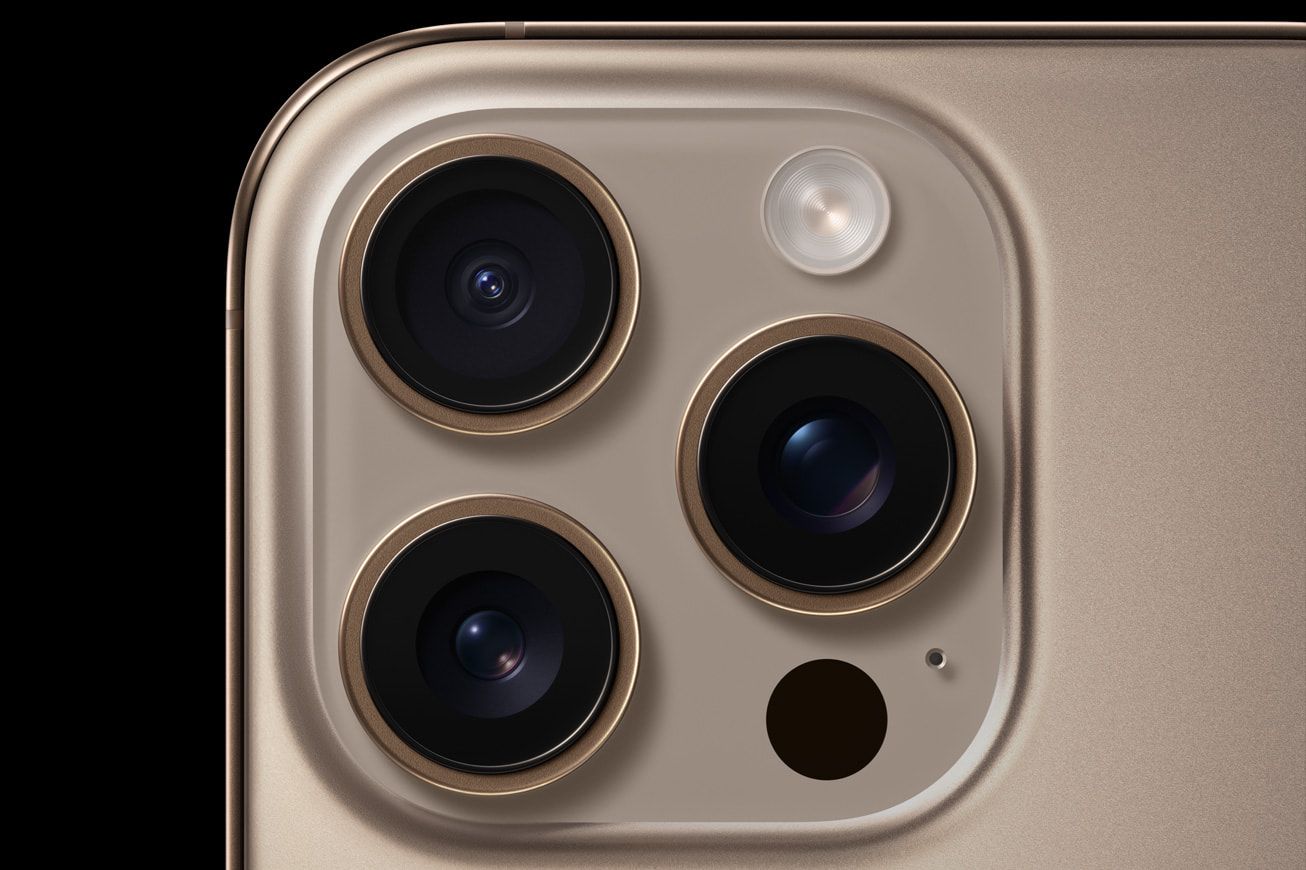Quick Links
Since iPhones are devices we rely on for years and don’t upgrade every day, I don’t mind paying a bit extra for the features, durability, and overall quality that come with the Pro models. With the iPhone 16 lineup here, this mindset feels more justified than ever.
1 Bigger and Better Display
While many prefer small and pocketable smartphones, I’ve always leaned the other way. I’m not after a tablet-sized iPhone, but a bigger display has always appealed to me, and I’ll gladly take as much screen real estate as I can. Plus, the better battery life is an added bonus!
The iPhone 16 Plus sports a 6.7-inch 60Hz Super Retina XDR display, while the 16 Pro Max has a 6.9-inch 120Hz ProMotion display—the largest iPhone display to date. I’d choose the latter without thinking twice, especially because I can’t imagine using a smartphone with a 60Hz screen in 2024. Besides larger displays, the Pro models also feature slimmer bezels.
Apple introduced the Always-On display feature alongside the launch of the iPhone 14 Pro. While many people have had reservations about it, I love the Always-On display feature, as it lets me glance at notifications. Sure enough, this feature is exclusive to Pro models only.
2 Bigger Battery
As someone who is always on the go and spends a good chunk of my day commuting, battery life is one factor I can’t compromise when purchasing a new smartphone. Apple claims the standard iPhone 16 offers up to 22 hours of video playback, while the iPhone 16 Plus can handle up to 27 hours.
The iPhone 16 Pro also boasts up to 27 hours of video playback, but the Pro Max goes even further, with up to 33 hours. With these impressive figures, it’s clear that Apple’s claim of the iPhone 16 Pro Max having the “best battery life ever” may very well be true!
3 The A18 Pro Chip
The standard iPhone 16 and iPhone 16 Plus pack the A18 chip, whereas the Pro and Pro Max models sport the even more powerful A18 Pro chip. Built with TSMC’s second-generation 3nm technology, the A18 Pro chip features a 16-core Neural Engine, a 6-core CPU, and a 6-core GPU to handle even the most demanding tasks.
With nearly 20 percent more memory bandwidth, the A18 Pro enables improved Apple Intelligence performance on the Pro models. Apple claims the A18 Pro chip runs up to 15 percent faster than last year’s A17 Pro chip while consuming 20 percent less power, making the iPhone 16 Pro lineup significantly more efficient than its predecessor.
While these statistics might not matter to everyone, you can expect significantly better performance from the Pro models, especially if you multitask or game a lot. This is crucial if you’re investing in a device you plan to keep for years.
4 Better Camera System
The iPhone 16 Pro models bring a better camera system, making the extra cost worthwhile for anyone who prioritizes photography and videography. The ultrawide camera is now 48MP, which is a big jump from the 12MP unit on the iPhone 15 Pro models. And unlike last year, both Pro models now include a 5x telephoto lens, offering improved zoom capabilities for clearer distant shots.
The 48MP wide Fusion camera on the Pro models features a new sensor that captures more detailed images and records smoother, cinematic 4K video at up to 120FPS. Although the primary and telephoto cameras haven’t received major upgrades this year, the incremental improvements in these finer details make a significant difference.
Ultimately, it comes down to your preferences. If you prefer upgrading your iPhone frequently, the iPhone 16 or 16 Plus may be a better choice. However, if you’re looking for a flagship phone to use for a few years and love larger screens, I highly recommend the iPhone 16 Pro models.




